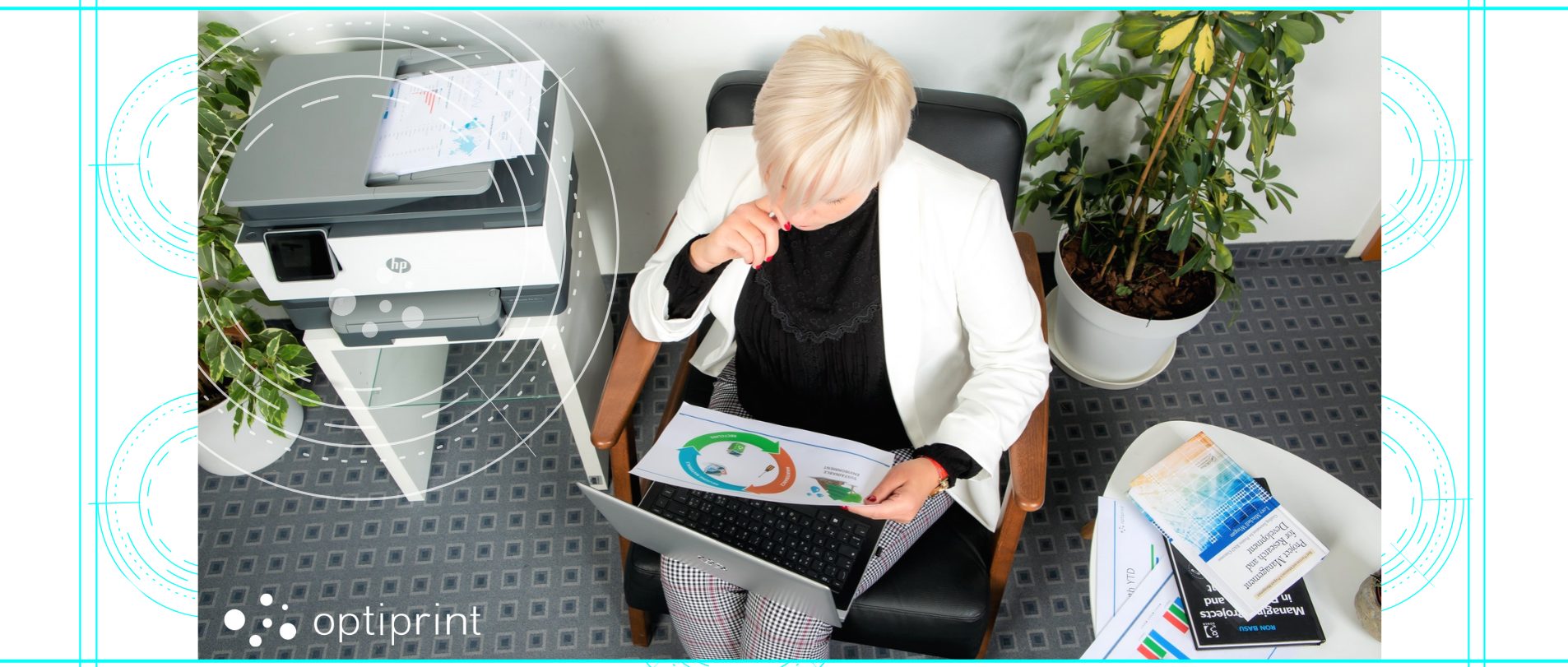During a pandemic, more and more organizations organize work from home. The positive effects are reflected in the increased motivation of employees and their willingness to participate. At the same time, working from home saves the employer’s financial contribution and has a positive impact on the environment.
However, working from home requires good organization. It often happens that our focus from work quickly diminishes. To avoid hidden pitfalls, select 10 Optiprint tips for effective working from home.
1. Morning routine – an indispensable start to a new day
People need a sense of stability and organization. Especially if they work from home. We ensure this by establishing a daily routine. Getting up at the same time, doing morning activities, preparing meals, having a morning ritual of drinking coffee or tea, and preparing mentally for work. It is important that we create a framework for the working day in the morning. In the meantime, we try to immerse ourselves in the process of preparing to leave for work. For example, we dress in business attire and prepare ourselves just as we would prepare to leave for work.
2. Home office – preparation of the working environment
As far as possible we separate our home office from other rooms. We choose a room that has plenty of natural light and promotes concentration. We use an office chair and a desk that is only used for work. It is important that the home office is only used for work. It has to be designed in such a way that our subconscious can connect it with work. We install a cabinet for storing documents in the home office and place an office printer on it.
At the end of the working day, we leave the chosen place as if we had left work.
3. Working day plan – daily structure
The work schedule at work is usually determined in advance, so it is important that we plan it from home at work as well, so that we do not stretch it out all day. If possible, we do the most important tasks first. We put together a priority structure of all tasks and assign them an approximate time of completion. We put together a schedule, complete the calendar, and set the dates for the daily meetings. The schedule must include short breaks and a lunch break. The reading and answering of work emails should be determined by a limited time window. The aim is to achieve a high level of concentration and productivity and to put the work into an eight-hour working day if possible.
4. Disruptive factors – a danger that must be minimized
When there are more people at home, we set limits and take them into account. We communicate the framework of the working day with other people. If possible, we do not let other family members disturb us during the working day. We also pay attention to the use of smartphones and restrict the use of social networks. We open private e-mails as rarely as possible. During the working day, we also avoid constantly monitoring current events through web portals and news.
5. Focus – only one task at a time
Multitasking has set a new trend in the fast pace of life. However, research has shown that trying to perform multiple tasks at once lacks productivity. Therefore, it is important to concentrate on only one task and complete it on time. It’s all about the dynamics of fulfillment when we complete tasks. It gives a feeling of stability and inspires the internal motivation to complete other tasks successfully.



